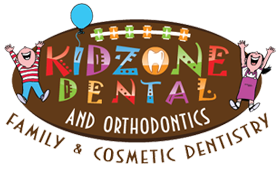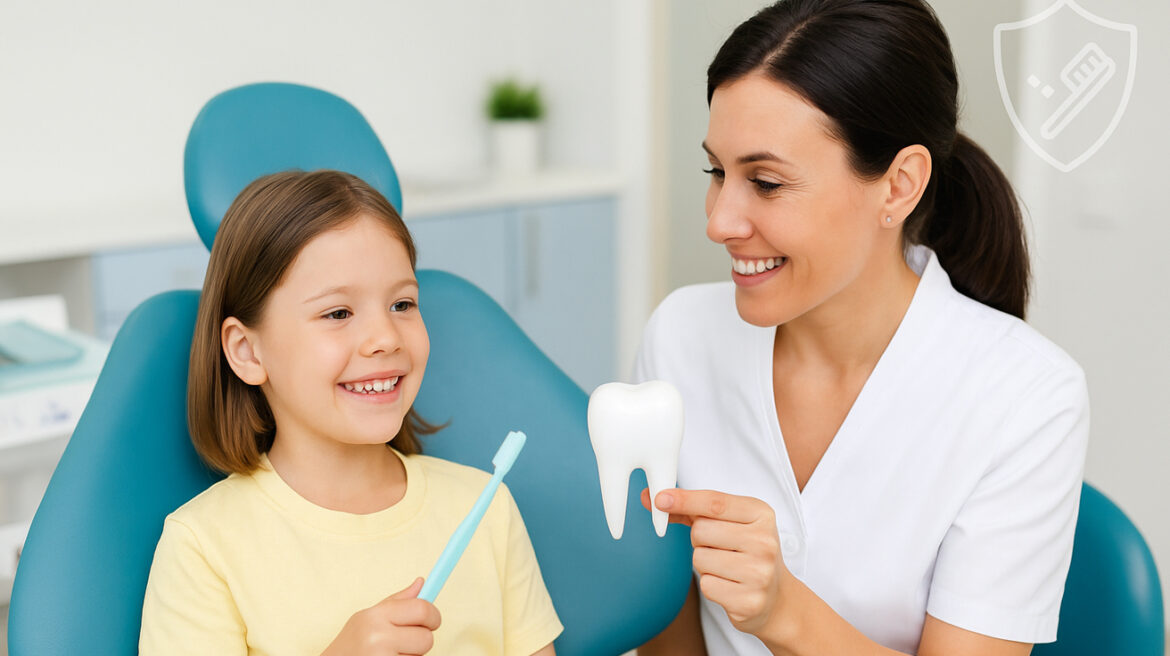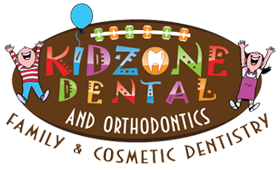How to Catch Tooth Decay Early in Children (Before It Gets Serious)
As a parent, you’re always looking out for your child’s health—and that includes their smile. But tooth decay is sneaky. It’s one of the most common chronic issues among children, and the early signs are easy to miss.
Spotting the signs of tooth decay early and taking remedial action can save your child from discomfort and thus save you from costly dental treatment in the future.
What Causes Tooth Decay in Kids?
Tooth decay happens when bacteria in the mouth feed on sugars and produce acid that wears down the enamel. Some of the things that can contribute to tooth decay include:
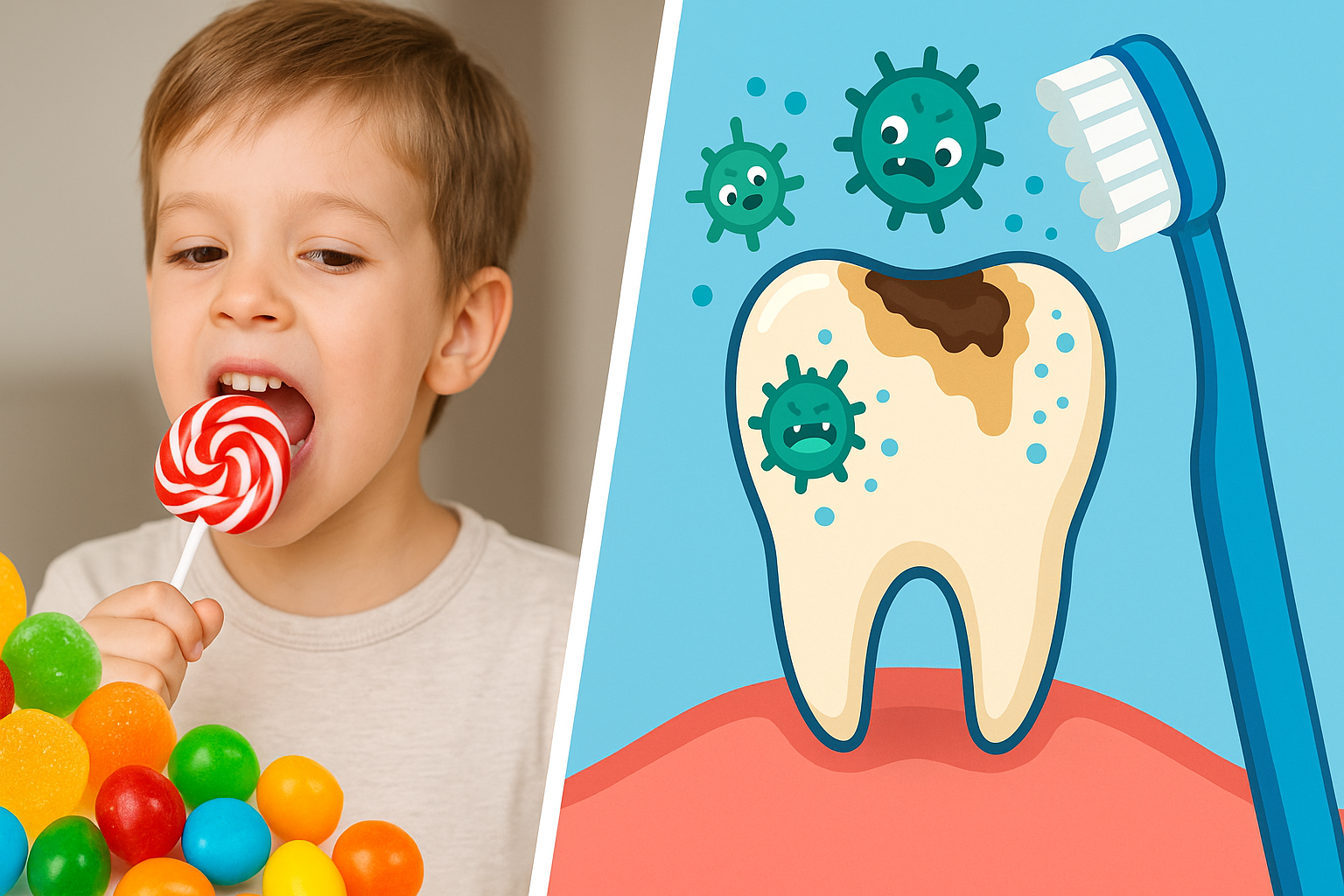
- Poor oral hygiene like brushing and flossing habits
- Snacking on sugary foods or drinks
- Limited fluoride exposure
- Dry mouth or reduced saliva
- Genetics or certain medical conditions
Early Signs of Tooth Decay
The earlier you spot tooth decay, the easier it is to manage. Here are the red flags to look out for:
Here are key indicators to watch for:
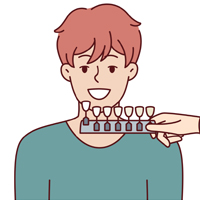
The first signs of decay. They appear as dull patches on the enamel and signal the beginning of enamel breakdown.
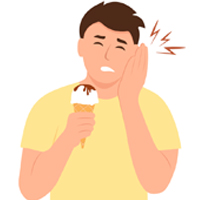
If your child winces when eating ice cream or sipping a hot beverage, it might mean decay is setting in.
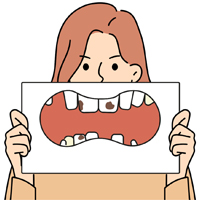
Discoloration usually appears when decay has advanced. Get these checked out early.

Persistent bad breath can mean bacteria are hard at work in the mouth.

If your child complains about tooth pain while chewing food, decay could be affecting the inner layers of the tooth.
Importance of Preventive Dentistry
Preventive dentistry can make a huge difference. Maintaining proper hygiene, fluoride treatments, and checkups with a pediatric dentist help catch problems early and keep little teeth strong. Besides, dentists can show you and your child the best ways to care for their teeth at home.
How to Prevent Tooth Decay
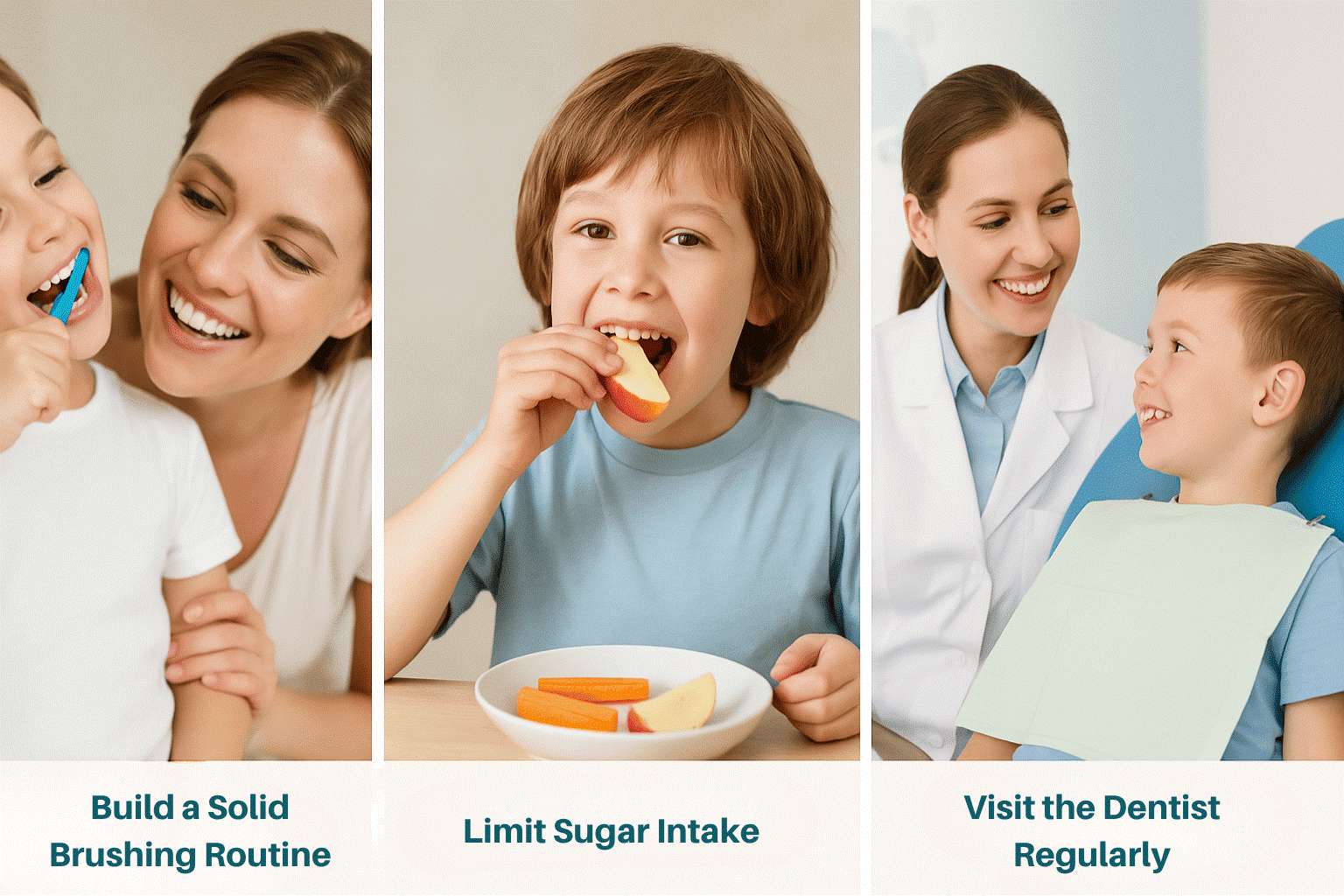
Even though tooth decay is common, it’s also very preventable. Here’s how to keep your child’s teeth in top shape:
1. Build a Solid Brushing Routine
Encourage your child to brush twice a day with fluoride toothpaste. Help them brush until they’re old enough to do a thorough job on their own, and start flossing as soon as their teeth begin to touch.
2. Limit Sugar Intake
Always limit sugary snacks and drinks, especially between meals. Offer children healthier options like fruit, cheese, or plain yogurt, and encourage water over juice or soda.
3. Visit the Dentist Regularly
Routine visits (every six months) allow the dentist to spot problems before they get serious. Ask about sealants for your child’s molars—they’re a great way to protect those hard-to-reach back teeth.
How Orthodontics Can Help in Decay Prevention
Did you know that crowded or crooked teeth can raise your child’s risk of decay? Misalignment can make it harder to brush and floss effectively. Orthodontic treatments like braces not only straighten teeth but also make it easier to keep them clean and cavity-free.
After Treatment Care
If your child has already had a cavity filled or decay treated, ongoing care is key to preventing it from returning. Here’s how:
- Stick to your dentist’s home care instructions
- Avoid sugary foods and drinks
- Use fluoride rinses or products as recommended
Care for Children with Special Needs
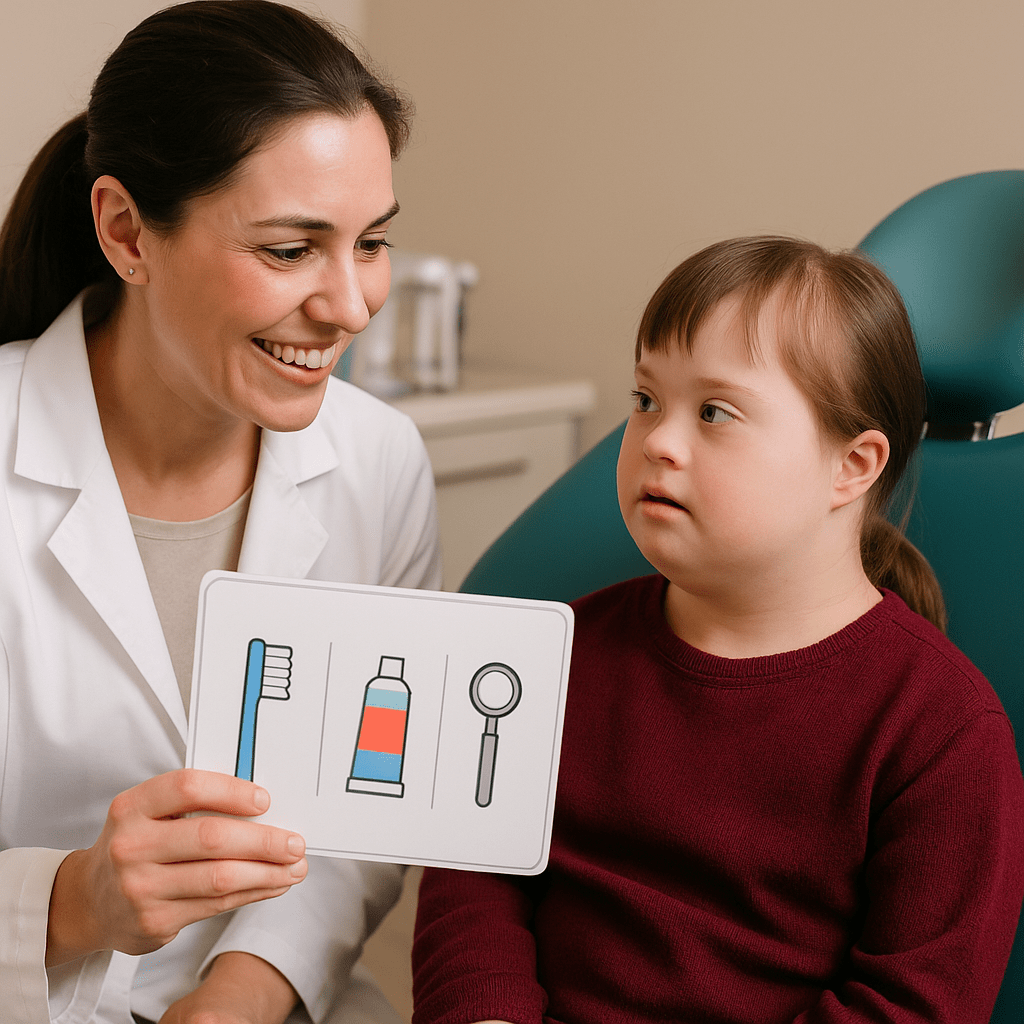
Children with Special Needs may require more personalized dental care, and the right dentist can make all the difference. Pediatric dentists who specialize in special needs care know how to tailor visits to your child’s comfort level, using tools, techniques, and communication styles that reduce stress and build trust.
Tooth decay in children doesn’t have to be a big deal—if you catch it early. Watch for white spots, tooth sensitivity, and bad breath, and don’t underestimate the power of preventive care. With a little attention and the right dental team, you can keep your child smiling confidently for years to come.
By taking proactive steps, parents can provide their children with a lifetime of healthy smiles and prevent serious dental complications. If you’re looking for the best children’s dentist in Houston, be sure to choose a professional with experience in pediatric dentistry to ensure your child receives the best possible care.

